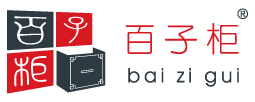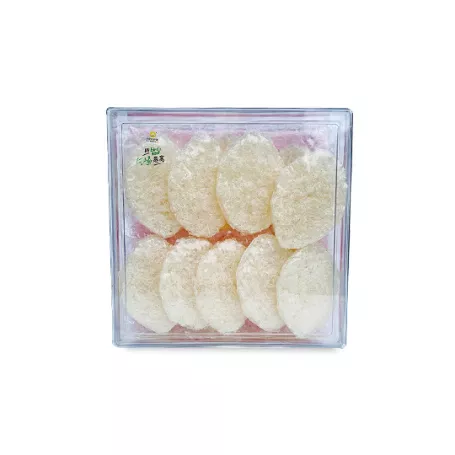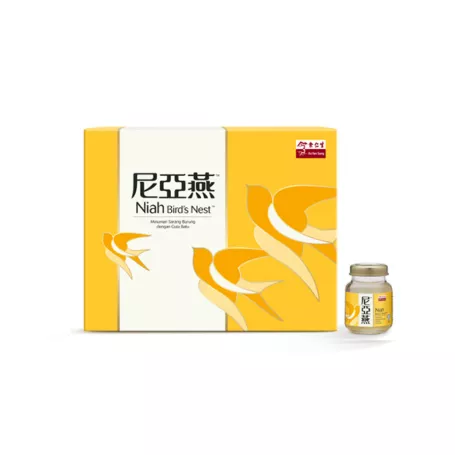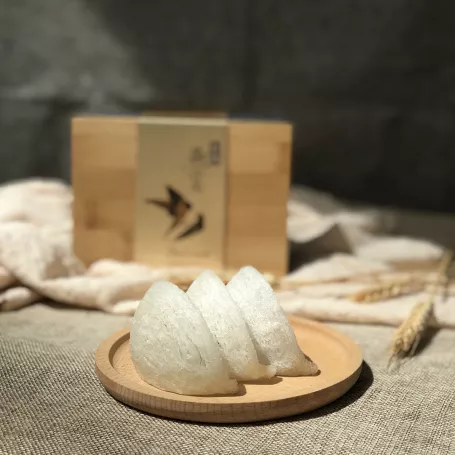6 Myths and Misconceptions about Edible Bird Nest

History of Edible Bird's Nest
Edible Bird's Nest is a natural product made from the saliva of swiftlet birds, primarily found in Southeast Asia. These swiftlets create nests in caves or man-made structures using their saliva, which hardens into a gelatinous substance upon exposure to air. These nests have been used in traditional Chinese medicine for over 1,500 years, prized for their health benefits.
Initially exclusive to the Chinese elite, the popularity of Edible Bird's Nest spread across Asia and is now valued globally.
6 Myths and Misconceptions of Edible Bird's Nest
Myth: Cures a wide range of diseases.
Explanation: Edible Bird's Nest isn't a cure-all for diseases but rather supports overall health, boosts immunity, and provides essential nutrients. It complements medical treatment but doesn't replace it.
Myth: All nests are the same.
Explanation: Not all nests are the same; their quality varies based on factors like bird species, nesting environment, and harvesting methods. Cave nests are often preferred for their cleanliness and higher nutrient.
Myth: Harvesting is harmful to birds.
Explanation: Sustainable harvesting methods ensure minimal disturbance to birds and habitats, focusing on abandoned nests or post-migration collection to prevent harm or endangerment.
Myth: Nest quality depends on the bird's health.
Explanation: While a bird's health may influence the quality of its saliva and thus the nest's composition to some extent, other factors such as nesting environment, nesting materials, and post-harvest processing also play crucial roles in determining nest quality. Proper handling and processing techniques are more significant factors in ensuring high-quality nests.
Myth: Only for the sick and elderly.
Explanation: Edible Bird's Nest is not exclusively for the sick or elderly. it offers nutritional benefits for all ages, supporting overall health, skin rejuvenation, and well-being.
Myth: Preparation is cumbersome.
Explanation: Contrary to this myth, preparing Edible Bird's Nest can be straightforward. Depending on the form (e.g., whole nests, dried nests), it may require soaking and gentle cleaning before use. However, modern products such as pre-packaged nest drinks or supplements offer convenient and easy ways to enjoy the benefits of Edible Bird's Nest without elaborate preparation.
Can Edible Bird's Nest help with specific health conditions?
Scientific researchers have found that the main ingredients of edible bird’s nest are water-soluble protein, carbohydrate, trace elements of calcium, phosphorus, iron, sodium, potassium, iodine and 18 types of amino acids that promote growth and development of the body.
Edible Bird's Nest is believed to have various health benefits, such as:
Skin Health Improvement:
Bird’s Nest is renowned for its ability to beautify skin by promoting youthfulness and achieving a clear complexion.
Easy Digestibility and Health Rejuvenation:
Easily digested, Bird’s Nest is beneficial for those with poor digestion, aiding in nutrient absorption and rejuvenating health. It has shown to restore lung functions, alleviate chronic coughs and asthma, and reduce the need for frequent medical attention.
Parental and Postnatal Health:
Consumption during pregnancy aids in faster post-delivery recovery, reduces hair loss, and leads to healthier babies. For postnatal health, it boosts energy, enhances sleep, and promotes vitality.
Anti-Aging Benefits:
Particularly popular in Southeast Asia, Bird’s Nest is prized for its anti-aging properties. Regular consumption correlates with fewer illnesses, improved immunity, increased energy, better sleep, and enhanced skin and virility.
Traditional Chinese Medicine (TCM) Perspective:
Dating back to 1695 in TCM records, Bird’s Nest is classified as a mild, homogenous, and non-toxic food. It's used to treat internal organs, reduce coughs and fatigue, and is recommended during early stages of illnesses.
Bird’s nest is an excellent restorative food with a sweet and calm character; it is good for any age or gender.
5 ways of verify the authenticity of edible bird's nest
Check the Source: Ensure the product comes from reputable regions known for high-quality nests, like Southeast Asia. Look for certifications from trusted associations.
Assess Quality:
Authentic nests have a translucent, golden appearance and a mild scent. Avoid overly processed or artificially colored products.
Review Packaging:
Check for accurate labeling, including production and expiration dates, nutritional information, and proper seals.
Seek Certifications:
Look for third-party certifications or lab test reports confirming authenticity and safety.
Buy from Reputable Sellers:
Purchase from authorized retailers, trusted online platforms, or reputable manufacturers to avoid counterfeit products.
Read More : Real vs. Fake Bird’s Nests: How to Tell the Difference
In conclusion, for despite myths, it's not a cure-all but supports overall wellness. Its collagen content aids skin health, and its nutritional components may boost immunity and general well-being. Sustainable harvesting practices ensure environmental conservation. To verify authenticity, consumers can follow specific guidelines.
For premium Bird's Nest options at competitive prices, BaiZiGui offers top-quality edible Bird Nest imported directly from Malaysia reputable manufacturers. These carefully selected nests guarantee satisfaction, providing consumers with a reliable source of authentic and high-quality Edible Bird's Nest.

 Bahasa melayu
Bahasa melayu 中文
中文

























